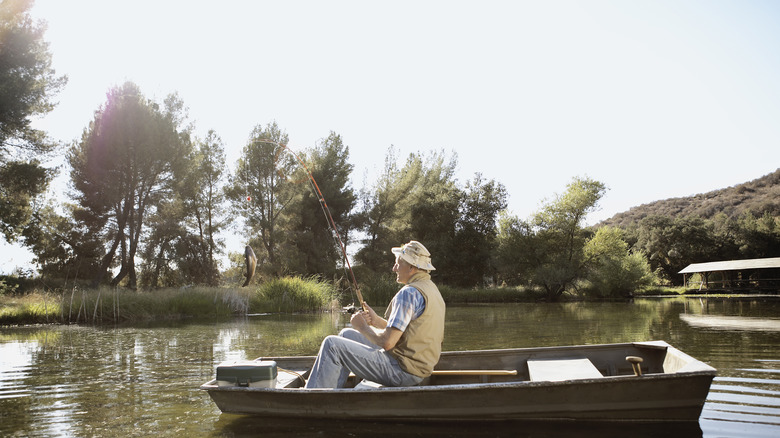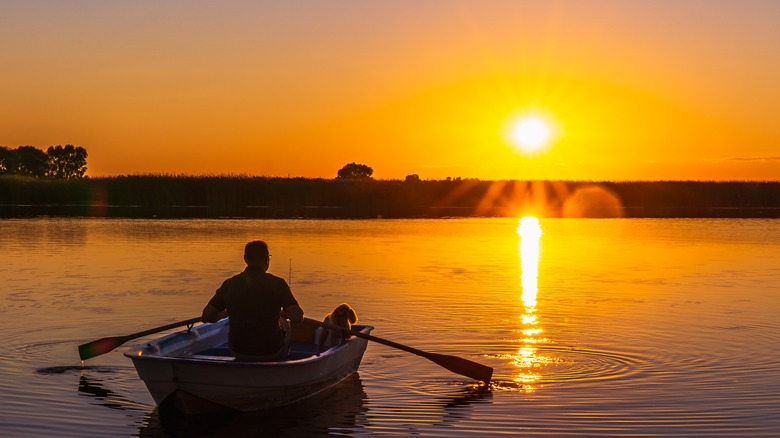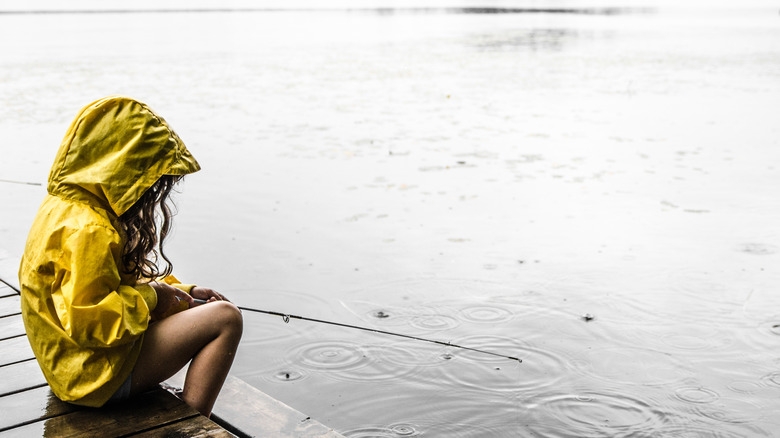What's The Best Time Of Day To Go Fishing?
Embarking on a fishing expedition holds the promise of adventure, some elements of danger, and, of course, the potential for a prized catch. According to the U.S. Fish & Wildlife Service's 2022 National Survey of Fishing, in 2022 alone, nearly 40 million U.S. adults embarked on such journeys. Whether your destination is the open sea or a tranquil freshwater spot, avoiding critical mistakes is paramount. Ensuring you have the correct bait is also essential; remember, there's more than just worms to consider. But beyond these elements, the key to success with a fishing rod often lies in one crucial factor: timing.
The best time of day for fishing is when fish are actively feeding. When fish are looking for food, they're most likely to take your bait. However, fish activity hinges on various factors, such as temperature, visibility, and weather patterns. Dusk and dawn consistently offer optimal conditions, but variables such as cloud cover, rain, tide, and location should also be taken into consideration.
Fish at dusk and dawn
As a rule of thumb, dusk and dawn are the optimal times to fish. Low-light conditions at these times provide cover for prey, encouraging heightened activity. Poor visibility also makes it easier for predators to ambush their prey, altogether making early morning and late afternoon a hive of activity underwater.
During sunrise and sunset, cooler air temperatures correspond to cooler water temperatures. Cooler water holds more oxygen which is essential for fish activity. You should be wary, however, that extremely cold water can make fish inactive. As fish are cold-blooded creatures, their metabolism decreases with temperature, which reduces the need for them to feed. On the other hand, their metabolic rate increases with warmer temperatures, which increases the need to eat when water temperature rises.
Many fishers also prefer to fish during the day when visibility is high and temperatures are warmer. This leaves early morning and late evening relatively undisturbed, potentially making fish less wary and more willing to bite during these times.
Understand the daily variables
While fishing at dusk or dawn is a reliable guideline for success, there are also a host of daily variables to take into account when deciding on the time of day to embark on a fishing trip.
For the same reason that sunrise and sunset are ideal for fishing, periods of cloud cover can also create perfect low-light conditions. Wind, on the other hand, can generate water movement and can push and pull fish from and to certain locations, while rain can increase the intensity of water flow, which can dislodge food sources and encourage fish activity. If fishing in a tidal environment such as the sea, the movement of water caused by tides and currents can significantly impact fish behavior. Many species of fish are more active during tidal changes when water movement stirs up food sources and creates feeding opportunities.
Lastly, the fish you are aiming to catch and your unique location will play a part in deciding the best time to cast your rod. This is where personal observation and experience are invaluable. Keeping a fishing journal and noting successful catches, weather conditions, and other relevant factors can help you identify patterns and trends over time and allow you to understand the best time of day and conditions to fish in your specific location.


